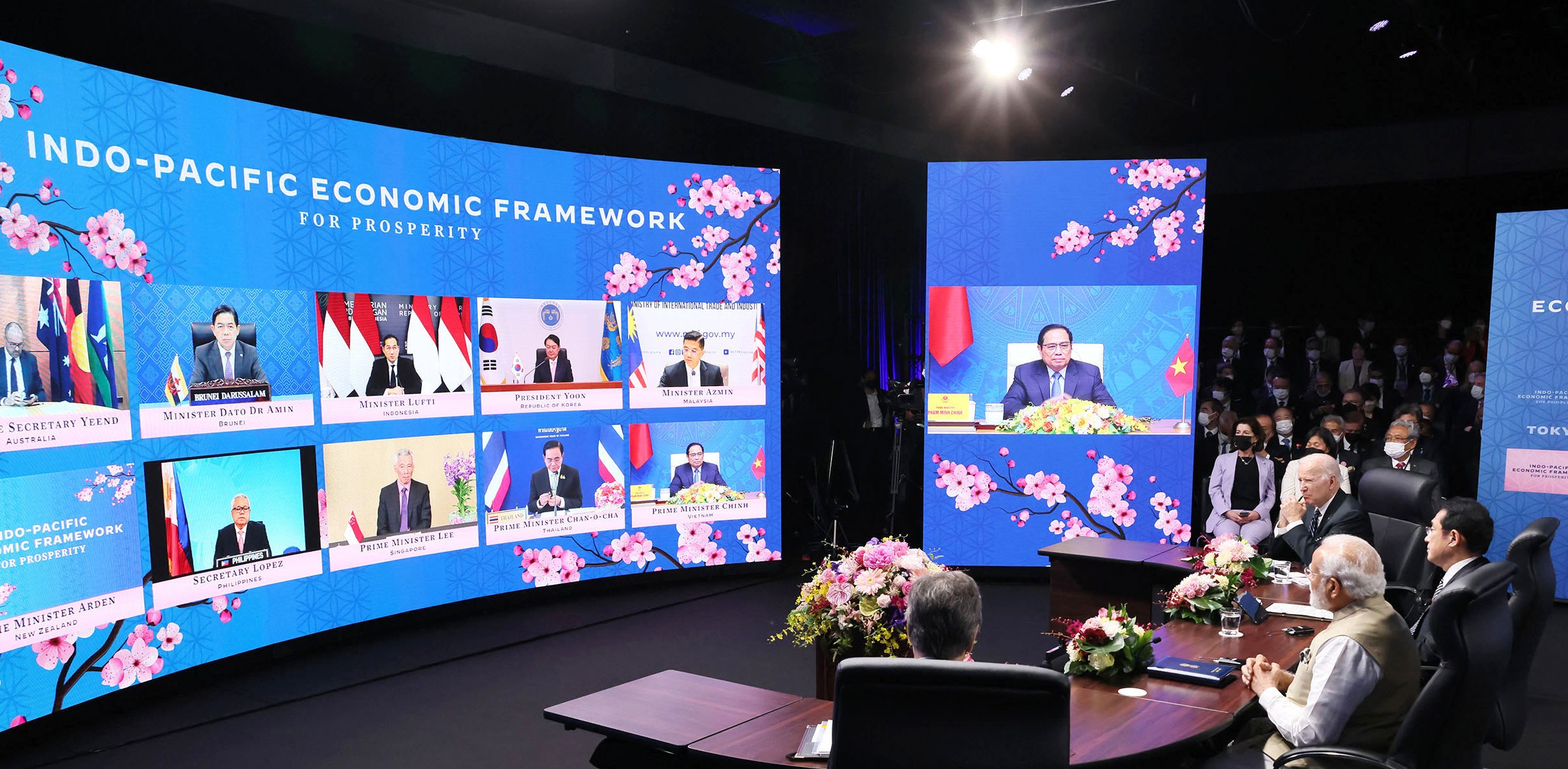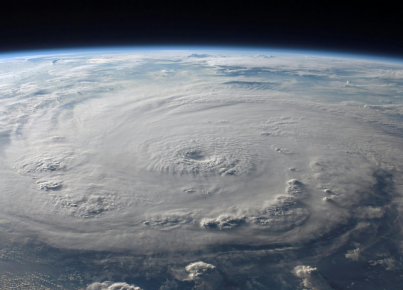Looking at its initial stage and various forward looking engagements, it will be crucial to see how member nations adapt to the key objectives of this partnership
By Aishwarya Nautiyal
Indo Pacific strategy has not only shown a new synergy among QUAD partners but has given a footprint towards the new Indo Pacific Economic Framework recently launched by US President Joe Biden allowing 12 nations as the participating member also opening doors for any new nations willing to join in future. Among major economic powers like the US, Australia, India, South Korea and Japan, interestingly ASEAN member countries like Malaysia, Philippines, Singapore, Brunei, Indonesia, Thailand and Vietnam have been in the forefront of this newly documented framework. It is crucial to understand that the collective economy of member nations represents nearly 40% of the world’s GDP. This opens the door for an opportunity for countries in the Pacific and Indian Ocean region who are also involved in various economic and security partnerships towards a collective effort to “grow faster and fairer”. Although it is interesting to see that it isn’t an official trade pact, trade has become a “pillar” in this whole framework along with other key elements.
Though at the initial stage many later negotiations and amendments can be discussed among member nations, the key scenarios have been focused upon certain themes such as Supply Chain, Infrastructure, Green energy, decarbonization, tax and anti corruption and flow of free and fair trade. Thus this can be seen as a counterbalance to RCEP which is a free trade agreement as it outweighs both population and GDP. ASEAN countries that have not been included are Myanmar, Laos and Cambodia. Whereas China has raised its criticism for further economic decoupling perhaps it has also been excluded in this partnership. Interestingly countries such as the United States and India who have not participated in RCEP have been in the forefront in this new framework. India’s vision towards “Look East Policy” has brought ASEAN members to its core of foreign policy thus this new initiative brings the cooperation between India and ASEAN with a vision for strengthening a multilateral framework with other major economies to Pacific Ocean region.
Looking at future geoeconomics and geopolitics, the key pillar lies towards a resilient and fair economy which was also a highlight of President Biden’s statement during the East Asia Summit. This can also be seen as a possible replacement of the Comprehensive and Progressive Trans Pacific Partnership (CPTPP). Interestingly launch of IPEF just a day before QUAD summit in Tokyo, Japan has brought two platforms where economic base along with QUAD partners has initiated a new American led engagement to redesign partnership in various level among regional and global partners extending from East China Sea to South China Sea and further to Bay of Bengal and Arabian Sea. Bay of Bengal is a very crucial juncture between India and ASEAN nations. The crucial Strait of Malacca is a key for various goods and energy trade. Apart from India-ASEAN partnership IPEF gives a chance to expand beyond regional to global cooperation.
Economic integration by creating new technological innovations also creating an industrial supply chain in which India is actively looking to become a new focal point with the future participation of various ASEAN nations in several industrial and technological investments such as semiconductors. Whereas India has been keenly working on enhancing economic connectivity by boosting investments in various infrastructure projects connecting ASEAN nations with the North East part of India. On the other hand US’s willingness to extend cooperation to strengthen the digital based economy and trade inclusive of purchase, sales, data flow enabling global value chain and smart services through several platforms and applications. The key idea is to ensure downstream costs for businesses and enhance the ability for processing of data and analysis, securing a secure platform for business continuity whereas access to key raw materials such as semiconductors, minerals and energy technology boosting the key pillars of IPEF is supply chain resilience.
On the other hand, decarbonization and building new infrastructure to overcome key issues of global warming and rising levels of pollution by providing finances and technology to share technical assistance and mobilize concessional finances by adopting durable infrastructure for renewable energy. Tax and anti corruption is aimed to promote free and fair competition overcoming issues of taxation, money laundering and bribery through multilateral standards and agreements adopted by the members of IPEF. Looking at its initial stage and various forward looking engagements, it will be crucial to see how member nations adapt to the key objectives of this partnership and the level of confidence building with various engagements in near future ensuring regional and global geographic and economic obligations by creating new opportunities and avenues for future nations willing to be a part of comprehensive economic cooperation of IPEF.






